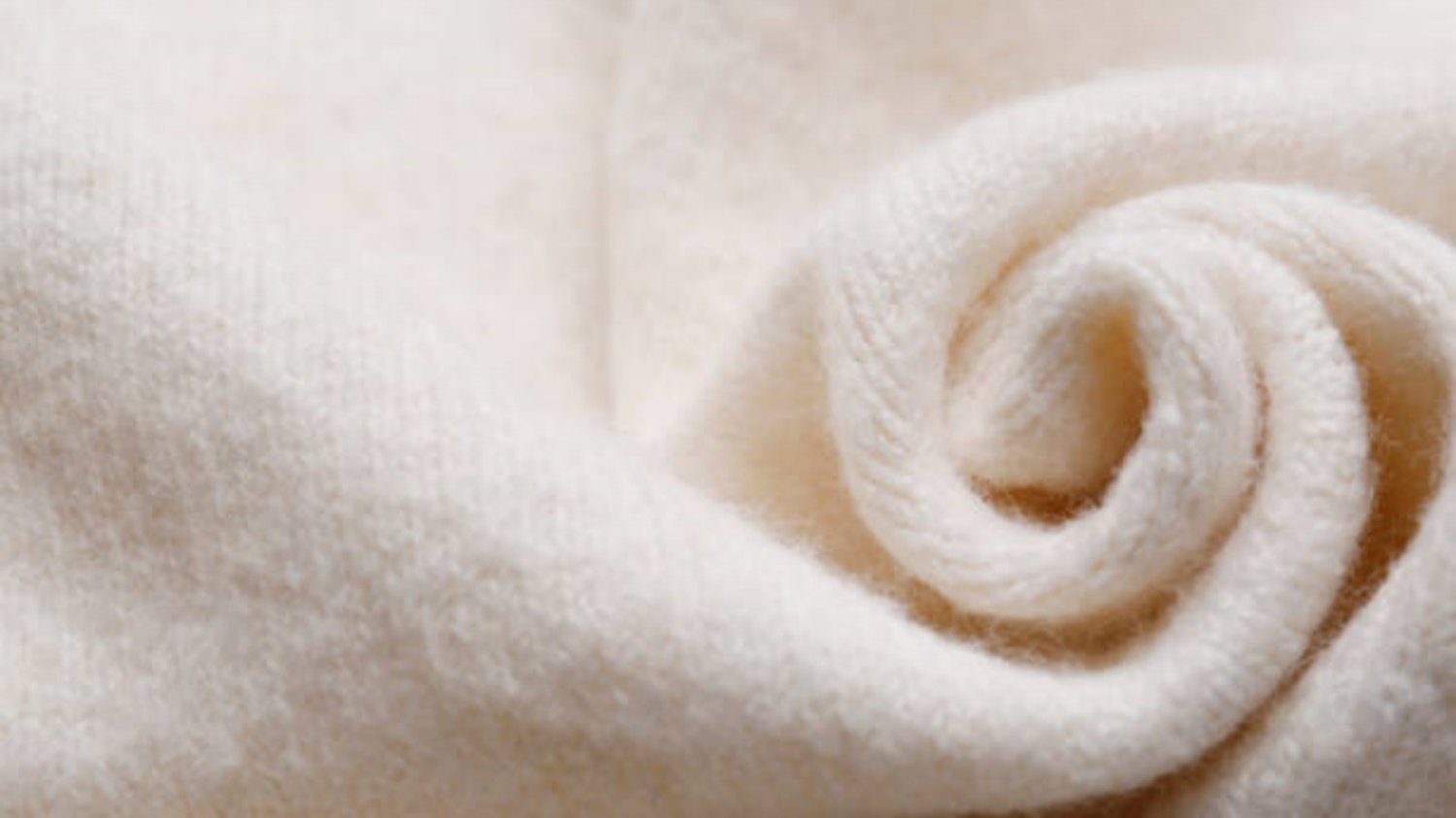Why is cashmere so expensive??
Introduction
Cashmere is a luxurious and highly sought-after fiber that is known for its exceptional softness, warmth, and durability. However, it comes with a hefty price tag. Have you ever wondered why cashmere is so expensive compared to other types of wool? In this article, we will delve into the reasons behind the high cost of cashmere, exploring its production process, rarity, quality, and demand.
1. The Rarity of Cashmere
Cashmere is derived from the soft undercoat of cashmere goats, which can only be obtained through a labor-intensive and time-consuming process. These goats are primarily found in Mongolia, China, and other parts of Central Asia. Due to the harsh climate in these regions, cashmere goats have developed a thick and warm undercoat to protect themselves from the extreme cold. This undercoat is what makes cashmere so incredibly soft and insulating.
2. Hand Harvesting Cashmere
Unlike other types of wool that can be sheared from sheep, cashmere fibers must be harvested by hand. This delicate process involves combing or plucking the soft undercoat from the goats during their natural molting season, which occurs only once a year. Each goat yields a relatively small amount of cashmere, making it a labor-intensive and time-consuming task. The manual labor involved in harvesting cashmere contributes to its high cost.
3. Quality and Fineness of Cashmere
Cashmere is known for being incredibly soft and luxurious, thanks to the fineness of its fibers. The diameter of cashmere fibers is much smaller than that of traditional wool, which gives it a superior softness and a lightweight feel. The finer the fibers, the higher the quality of the cashmere. The process of sorting and selecting only the finest fibers further adds to the cost of cashmere products.
4. Processing and Spinning of Cashmere
Once the cashmere fibers have been harvested, they undergo a series of processing steps to remove impurities and align the fibers. This process, known as de-hairing, involves separating the coarse outer guard hairs from the fine undercoat. The finer fibers are then spun into yarns, which are used to create cashmere fabrics. The processing and spinning of cashmere require specialized equipment and skilled craftsmen, adding to the overall cost.
5. Limited Supply and High Demand of Cashmere
Cashmere is a luxury fiber that is highly sought after by consumers around the world. However, the supply of cashmere is limited due to the specific regions where cashmere goats can thrive. Additionally, the natural molting season and the manual harvesting process further restrict the supply. The combination of limited supply and high demand drives up the price of cashmere.
6. Sustainable and Ethical Practices of Cashmere
Many cashmere producers are committed to sustainable and ethical practices, which contribute to the higher cost of cashmere products. Sustainable cashmere farming involves responsible grazing practices, proper herd management, and protecting the fragile ecosystems where cashmere goats thrive. Ethical practices also ensure fair wages and working conditions for the workers involved in the cashmere production process.
7. Artisan Craftsmanship
Cashmere products often involve intricate designs and meticulous craftsmanship. Skilled artisans and craftsmen work diligently to create unique and high-quality cashmere garments, accessories, and home goods. The time and effort put into each piece of cashmere product adds to its value and cost.
8. Longevity and Durability of Cashmere
Cashmere is renowned for its exceptional durability and longevity. High-quality cashmere products can last for decades when properly cared for, making them a worthwhile investment. The durability and longevity of cashmere contribute to its higher price tag, as consumers can enjoy the luxurious feel and warmth of cashmere for years to come.
9. Brand Reputation of Cashmere
Some cashmere brands have established a strong reputation for exceptional quality and craftsmanship. These brands often use the finest cashmere fibers and employ skilled artisans to create their products. The reputation and prestige associated with certain cashmere brands contribute to their higher prices.
10. Market Factors
Lastly, market factors such as currency exchange rates, transportation costs, and import/export taxes can influence the price of cashmere. Fluctuations in these factors can impact the final cost of cashmere products in different regions of the world.
Conclusion
There are several reasons why cashmere is so expensive. From the rarity and hand harvesting of the fiber to the quality, limited supply, and high demand, cashmere embodies luxury and exclusivity. The craftsmanship, sustainability, and brand reputation associated with cashmere further contribute to its elevated price tag. Despite the cost, investing in cashmere allows you to enjoy the ultimate in comfort, warmth, and timeless style.

